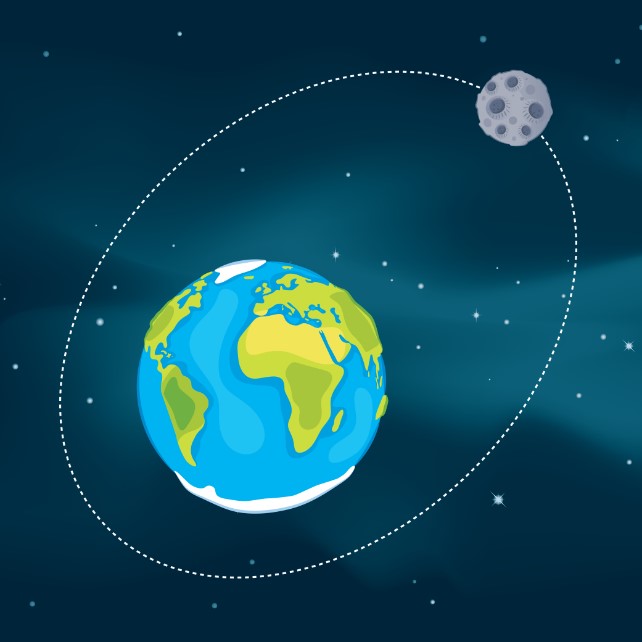Throughout the centuries astronomers and artists have looked towards the night’s sky and tried to capture the beauty of the moon. From James Nasmyth’s incredibly detailed paintings of its cratered surface in the 1840s to that iconic shot captured by Neil Armstrong of Buzz Aldrin standing on the Sea of Tranquillity.

While the moon is a familiar feature in our daily lives, once in a while the lunar cycle treats us to the celestial phenomenon known as a supermoon. But what is a supermoon, and what causes it?
What is a supermoon?
A supermoon is a full or new moon that occurs when the moon is at a point in its orbit where it is closest to Earth. During a full supermoon, the moon appears up to 14% larger and 30% brighter than regular full moons. It can be hard to notice the difference when the moon is high in the sky, so the best time to look at a supermoon is when the moon is near the horizon and you can compare it to buildings, trees, and other landmarks to see just how large it is in comparison.

Why do they occur?

The moon’s orbit around the Earth is not perfectly circular, but elliptical (in other words oval), meaning the moon’s distance from Earth varies throughout its orbit. The point in this elliptical orbit where the moon is closest to Earth is called the perigee and it’s when a new or full moon occurs while the moon is passing through this point that we get a supermoon, otherwise known as a ‘perigee syzygy’.
How often do they appear?
The moon takes around 27 days to do a full orbit of the Earth and around 29 days to complete one full lunar cycle (from new moon, to full moon, back to new moon). The conditions of both these cycles needed for a full supermoon – a full moon and a perigee – coincide about three times a year, so you won’t want to miss it.

Can’t get enough of supermoons? Here are some surprising facts…
- The biggest supermoon of the century is due to appear 6 December 2052
- The furthest point of the moon’s orbit is called the apogee. Full or new moons that coincide with the apogee are known as micromoons.
You can discover more about the cosmos in the Science Museum Group blogs, videos and through our collections page.
